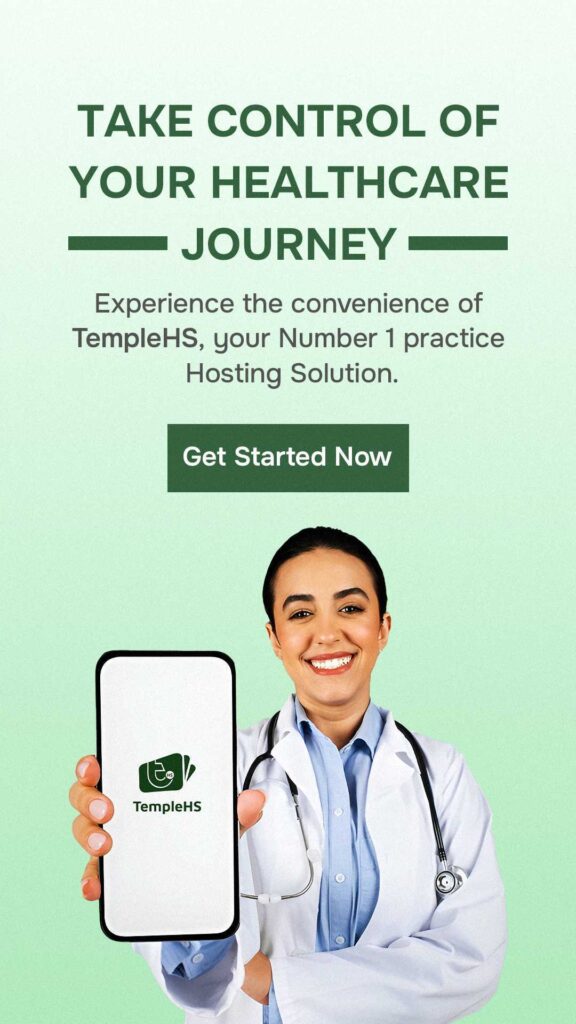Effective communication with patients during a crisis is a fundamental aspect of healthcare. When a crisis occurs, patients often experience heightened levels of stress and anxiety. This situation demands a communication approach that is clear, empathetic, and efficient.
Healthcare professionals must be equipped with the right skills to ensure information is conveyed accurately and in a way that supports the patient’s emotional well-being. This post looks into the practical strategies for achieving effective communication in such challenging circumstances, emphasizing the importance of clarity, empathy, and adaptability.
Understanding the Patient’s Perspective in a Crisis
In a crisis, patients often find themselves in a vortex of emotional and psychological turmoil. Fear, anxiety, and confusion are not just mere reactions; they are profound experiences that shape how patients perceive and respond to the situation and the information given to them. Recognizing these emotional states is the first step in effective communication. Healthcare professionals must approach patients with a deep sense of empathy, understanding that each patient’s experience is unique and profoundly personal.
Empathy in this context goes beyond mere sympathy; it involves actively putting oneself in the patient’s shoes, understanding their fears and concerns from their point of view. This understanding is critical in tailoring the way information is communicated. For instance, a patient who is overwhelmed with fear may require a more gentle approach, with simple, reassuring messages, while someone confused may need clearer, more direct information.
The psychological state of a patient in crisis also includes their cognitive processing abilities, which are often compromised under stress. Therefore, healthcare providers must recognize and adapt to these limitations when communicating. They should avoid medical jargon and use language that is straightforward yet compassionate, ensuring that the patient comprehends the situation without feeling overwhelmed.
Principles of Clear and Concise Communication
Clear and concise communication becomes paramount in a crisis. Patients, already burdened by their emotional and physical state, can find complex or lengthy explanations difficult to process. Healthcare professionals need to communicate essential information in a way that is easily digestible. This involves breaking down complex medical concepts into simpler terms and using analogies that are familiar to the patient.
Consistency in messaging is also crucial. Inconsistent information can lead to confusion and mistrust. Therefore, all healthcare team members need to be on the same page regarding the patient’s condition and the course of action. This consistency helps in building trust and reduces the patient’s anxiety.
Active Listening and Responding to Concerns
Active listening is a vital component of effective communication, especially in a crisis. It involves fully concentrating on what the patient is saying, understanding their message, responding appropriately, and then remembering what was said. Active listening demonstrates respect and validation of the patient’s feelings and concerns.
Techniques such as nodding, maintaining eye contact, and providing verbal acknowledgments like “I understand” or “I see what you mean” can be immensely helpful. These non-verbal cues and verbal reassurances help patients feel heard and understood. Furthermore, active listening aids healthcare providers in identifying the root of the patient’s concerns, allowing them to address these concerns more effectively.
Cultural Sensitivity and Individualized Communication
Cultural competence in healthcare communication is about recognizing and respecting the diverse cultural backgrounds of patients. It involves understanding various beliefs, values, and customs that can influence how patients perceive illness, crisis, and medical care.
For healthcare providers, this begins with self-awareness about their cultural backgrounds and biases. It extends to gaining knowledge about different cultural practices and being open to learning from patients themselves. For instance, certain cultures may have beliefs about illness or death that affect how they want to receive information or make healthcare decisions.
Individualized communication is also critical. Each patient’s experience, knowledge level, and emotional state are unique. Tailoring communication to meet these individual needs means using language that is understandable and relevant to them. This may involve simplifying medical jargon, using metaphors familiar to the patient’s cultural context, or involving family members in the communication process when appropriate.
Adequate cultural sensitivity also includes being mindful of health literacy levels. Not all patients have the same understanding of medical terminology or health concepts, which necessitates adjusting the complexity of the information provided.
Managing Misinformation and Anxiety
During crises, misinformation can spread rapidly, often exacerbating patient anxiety. Healthcare providers play a vital role in correcting misinformation and managing patient anxiety. This begins with establishing trust through open, honest communication. Providing accurate, up-to-date information is key. However, it’s equally important to acknowledge the limits of current knowledge, especially in fast-evolving situations.
Correcting misinformation involves providing the right facts, understanding its source, and addressing it respectfully and non-confrontational. This approach helps maintain a trusting patient-provider relationship.
Managing anxiety is another critical aspect. This involves active listening to understand patient fears and concerns. Healthcare providers should provide reassurance, but avoiding making unrealistic promises is crucial. Instead, focusing on what is known, actions being taken, and steps the patient can take can empower them and reduce feelings of helplessness.
Tools and Techniques for Non-Verbal Communication
Non-verbal communication, including body language, facial expressions, and tone of voice, plays a significant role in how messages are received and interpreted, especially in a crisis. These non-verbal cues can often speak louder than words.
Effective body language, such as maintaining eye contact, nodding, and facing the patient directly, can convey empathy and attentiveness. It’s important to be mindful of cultural differences in non-verbal communication, as gestures and expressions can have different meanings in different cultures.
The tone of voice is also crucial. A calm, steady tone can be reassuring and help convey sincerity and empathy. In contrast, a hurried or tense tone may increase patient anxiety.
In situations where verbal communication is limited, such as with patients with hearing difficulties or language barriers, non-verbal communication becomes even more essential. Gestures, written materials, and visual aids can effectively bridge these communication gaps.
Conclusion
Communicating effectively with patients during a crisis is crucial for providing high-quality healthcare. The strategies outlined in this guide, including precise information delivery, empathetic listening, and adaptable communication styles, are key to achieving this goal. By incorporating these practices, healthcare professionals can enhance their ability to support patients under stress, manage expectations, and maintain trust.



